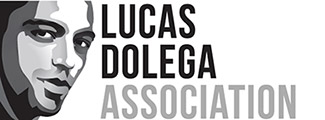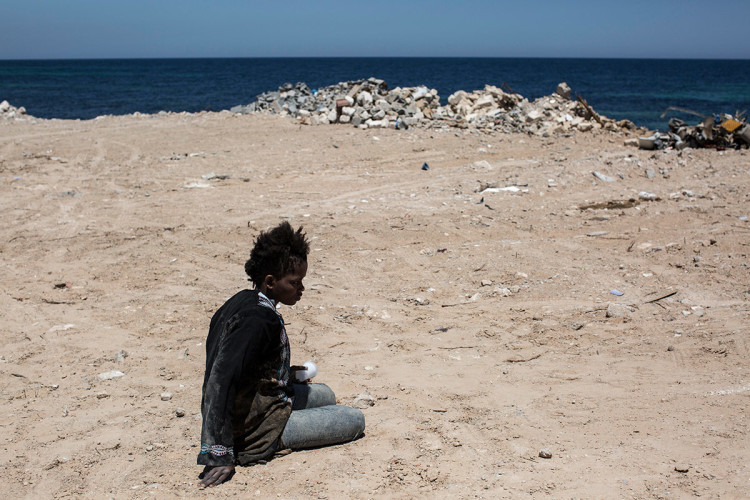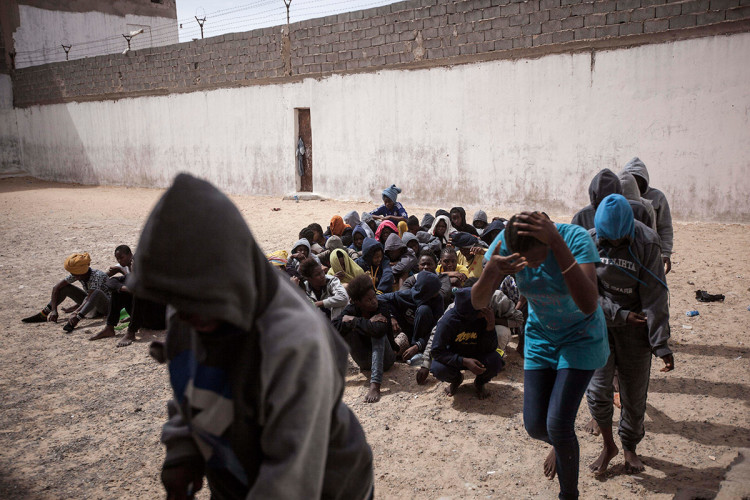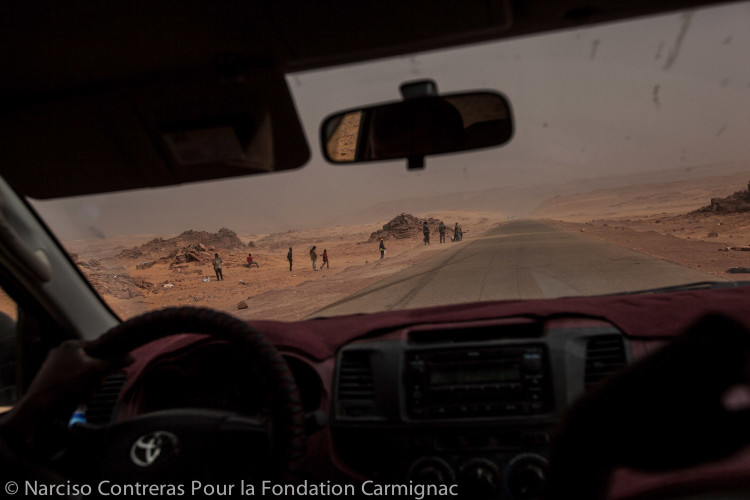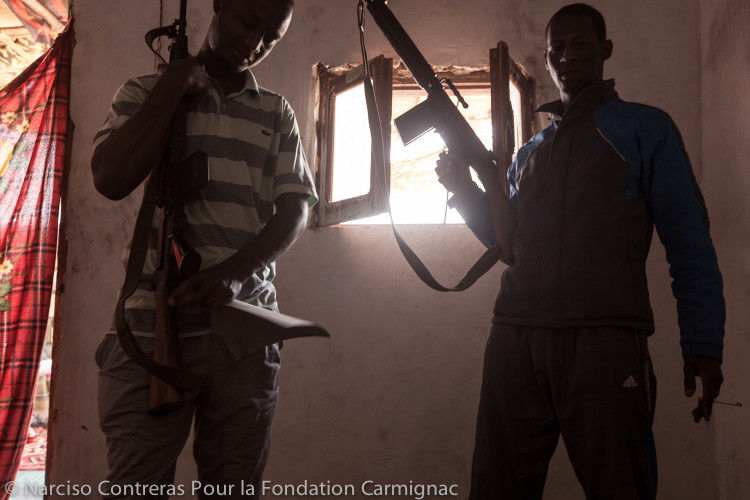The jury of this seventh edition has awarded Mexican photojournalist Narciso Contreras, for his work : “Crossing Libya: The human marketplace”.
The report
The present report narrates the brutal reality of human trafficking framed in the complex tribal society of the post-Gaddafi Libya, laying bare an unfolding humanitarian crisis in which illegal migrants, refugees and asylum seekers are at the mercy of militias who exploit them for financial gain. Held in detention centres for illegal migrants, they are subjected to inhuman conditions including overcrowding, lack of sanitation and vicious beatings.
The report follows the journey taken by migrants crossing borders deep into the Sahara Desert along to the trafficking pipeline to the main rescue zone off the Libyan shore, at the international waters. Framed by sectarian violence, corruption and bureaucracy this report circumnavigates the official channels and cultivates its own way contacting militiamen, smugglers, tribespeople and NGO’s carrying rescue operations in the Mediterranean which enabled it to get a close view to the reality of trafficking across Libya.
The report aims to show how, instead of being a place of transit for migrants on their way to Europe, Libya has actually become a trafficking market where people are bought and sold on a daily basis, providing a glimpse of the complex and horrifying context anonymous migrants face.
Biography
Narciso Contreras is an award winning photojournalist born in Mexico City in 1975. Since 2010 he has been covering a variety of issues and topics in Southern Asia and the Middle East, leading him to focus his work on the humanitarian cost of conflicts, economics and wars. His work intends to contribute building our visual memory of the world he testifies.
His studies in philosophy, photography and visual anthropology led him to live and study in a monastery in India while photographing religious communities. Since then, Narciso has photographed under reported issues like the ethnic war in Myanmar and the forgotten war in Yemen as well as some of the major current events like the political upheavals in Istanbul, the conflict in Gaza, the military coup in Egypt, the war in Syria and the tribal conflict in Libya.
He is currently photographing the migrant’s crisis in North Africa as part of a long-term project of documentation based on the worldwide conceived phenomenon of a “massive human displacement”. It’s first chapter “Libya: a human marketplace” documents the human trafficking and slavery network operating in Libya.
